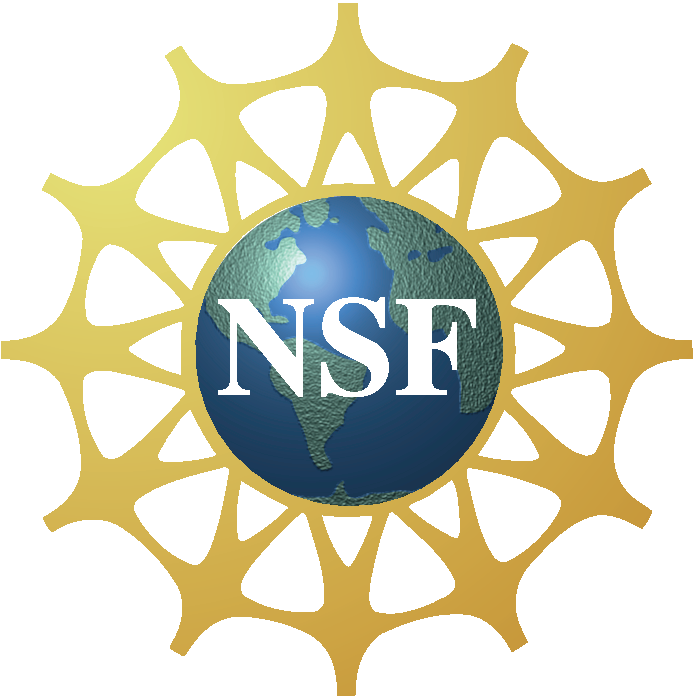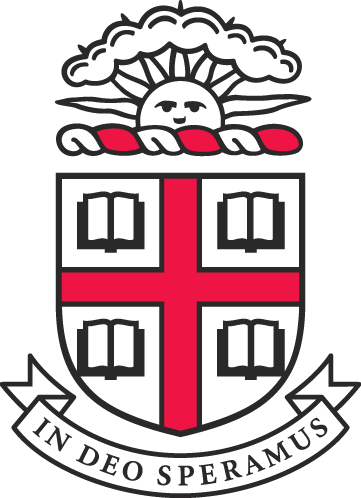A quantitative reference transcriptome for Nematostella vectensis early embryonic development: a pipeline for de novo assembly in emerging model systems
Background
The de novo assembly of transcriptomes from short shotgun sequences raises challenges due to random and non-random sequencing biases and inherent transcript complexity. We sought to define a pipeline for de novo transcriptome assembly to aid researchers working with emerging model systems where well annotated genome assemblies are not available as a reference. To detail this experimental and computational method, we used early embryos of the sea anemone, Nematostella vectensis, an emerging model system for studies of animal body plan evolution. We performed RNA-seq on embryos up to 24 h of development using Illumina HiSeq technology and evaluated independent de novo assembly methods. The resulting reads were assembled using either the Trinity assembler on all quality controlled reads or both the Velvet and Oases assemblers on reads passing a stringent digital normalization filter. A control set of mRNA standards from the National Institute of Standards and Technology (NIST) was included in our experimental pipeline to invest our transcriptome with quantitative information on absolute transcript levels and to provide additional quality control.
Results
We generated >200 million paired-end reads from directional cDNA libraries representing well over 20 Gb of sequence. The Trinity assembler pipeline, including preliminary quality control steps, resulted in more than 86% of reads aligning with the reference transcriptome thus generated. Nevertheless, digital normalization combined with assembly by Velvet and Oases required far less computing power and decreased processing time while still mapping 82% of reads. We have made the raw sequencing reads and assembled transcriptome publically available.
Conclusions
Nematostella vectensis was chosen for its strategic position in the tree of life for studies into the origins of the animal body plan, however, the challenge of reference-free transcriptome assembly is relevant to all systems for which well annotated gene models and independently verified genome assembly may not be available. To navigate this new territory, we have constructed a pipeline for library preparation and computational analysis for de novo transcriptome assembly. The gene models defined by this reference transcriptome define the set of genes transcribed in early Nematostella development and will provide a valuable dataset for further gene regulatory network investigations.
Resources
Transcriptome of eastern oysters, Crassostrea virginica, in response to bacterial challenge: Insights into potential mechanisms of disease resistance
Abstract
The eastern oyster Crassostrea virginica, an ecologically and economically important estuarine organism, suffers high mortalities in areas in the Northeast United States due to Roseovarius Oyster Disease (ROD), caused by the gram-negative bacterial pathogen Roseovarius crassostreae. The goals of this research were to provide insights into: 1) the responses of eastern oysters to R. crassostreae, and 2) potential mechanisms of resistance or susceptibility to ROD. The responses of oysters to bacterial challenge were characterized by exposing oysters from ROD-resistant and susceptible families to R. crassostreae, followed by high-throughput sequencing of cDNA samples from various timepoints after disease challenge. Sequence data was assembled into a reference transcriptome and analyzed through differential gene expression and functional enrichment to uncover genes and processes potentially involved in responses to ROD in the eastern oyster. While susceptible oysters experienced constant levels of mortality when challenged with R. crassostreae, resistant oysters showed levels of mortality similar to non-challenged oysters. Oysters exposed to R. crassostreae showed differential expression of transcripts involved in immune recognition, signaling, protease inhibition, detoxification, and apoptosis. Transcripts involved in metabolism were enriched in susceptible oysters, suggesting that bacterial infection places a large metabolic demand on these oysters. Transcripts differentially expressed in resistant oysters in response to infection included the immune modulators IL-17 and arginase, as well as several genes involved in extracellular matrix remodeling. The identification of potential genes and processes responsible for defense against R. crassostreae in the eastern oyster provides insights into potential mechanisms of disease resistance.
Resources

This research has been funded by USDA NIFA AFRI award 2009-38925-19971, Rhode Island Agricultural Experiment Station Hatch-901-INT, and RI-NSF EPSCoR grant no. 0554548. Any opinions, findings, and conclusions or recommendations expressed in this material are those of the author(s) and do not necessarily reflect the views of the National Science Foundation.
